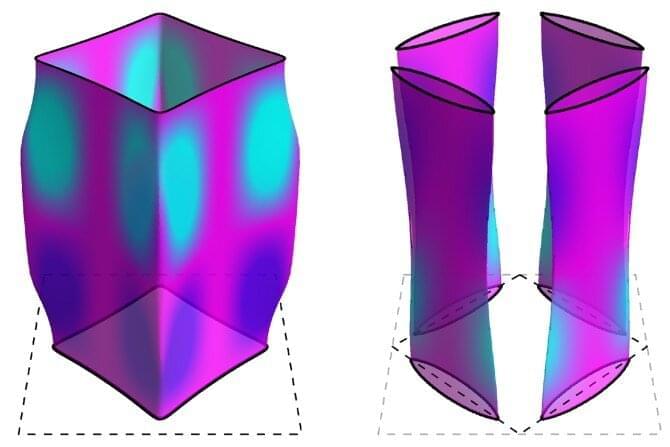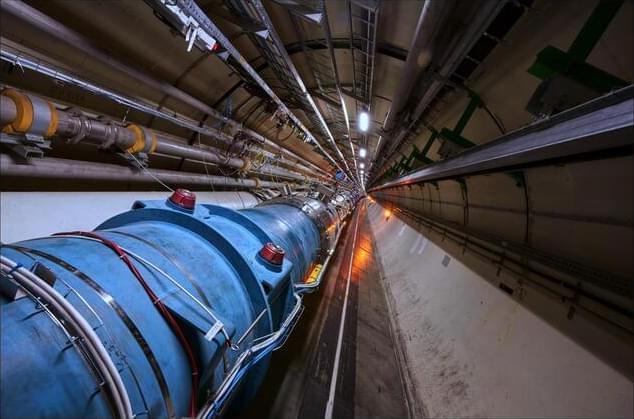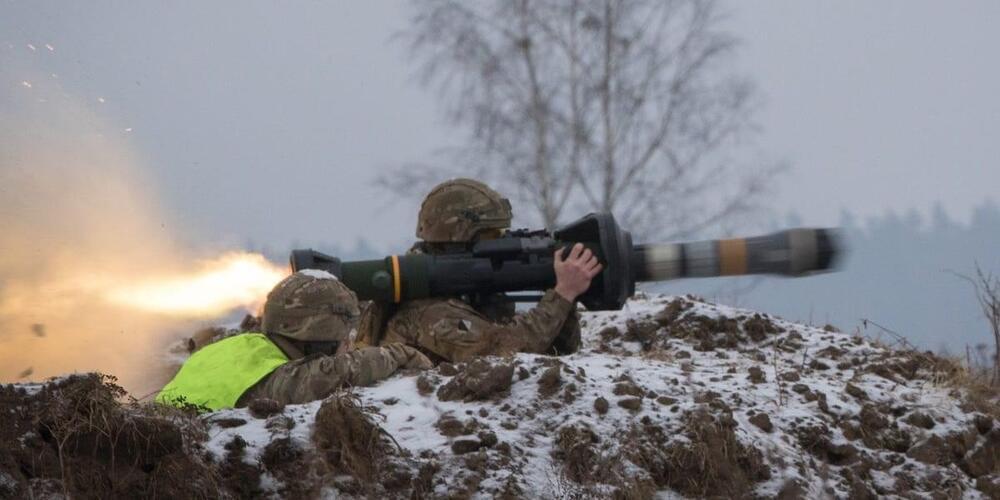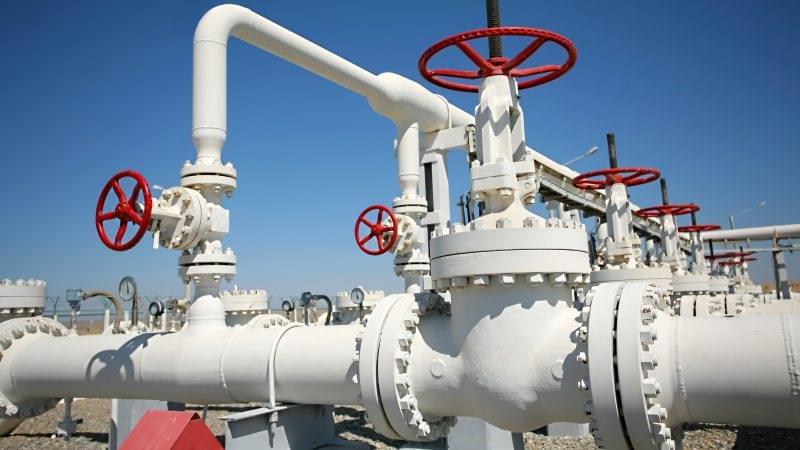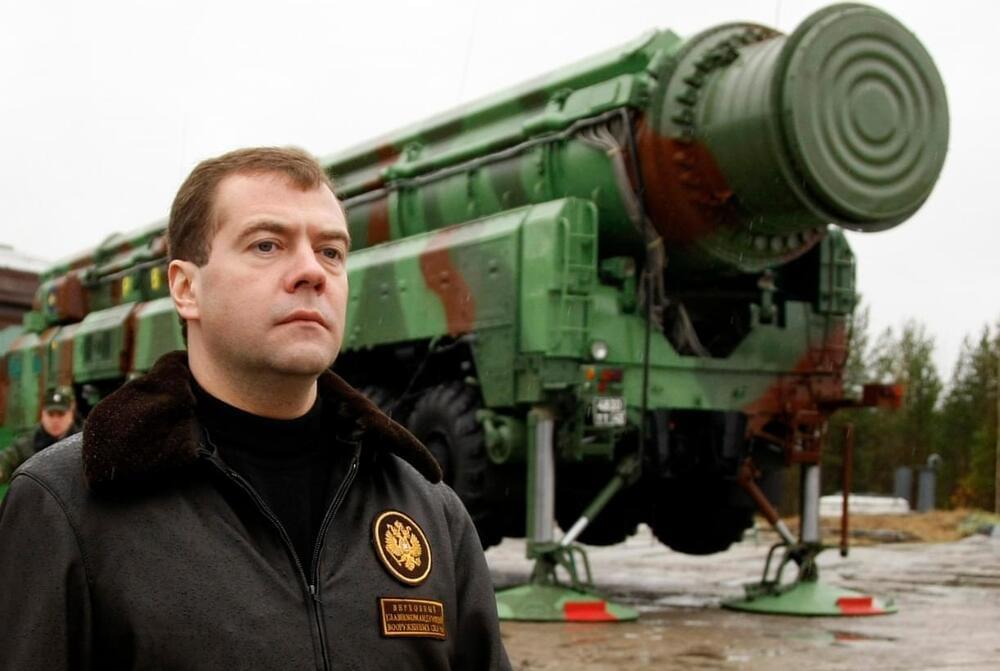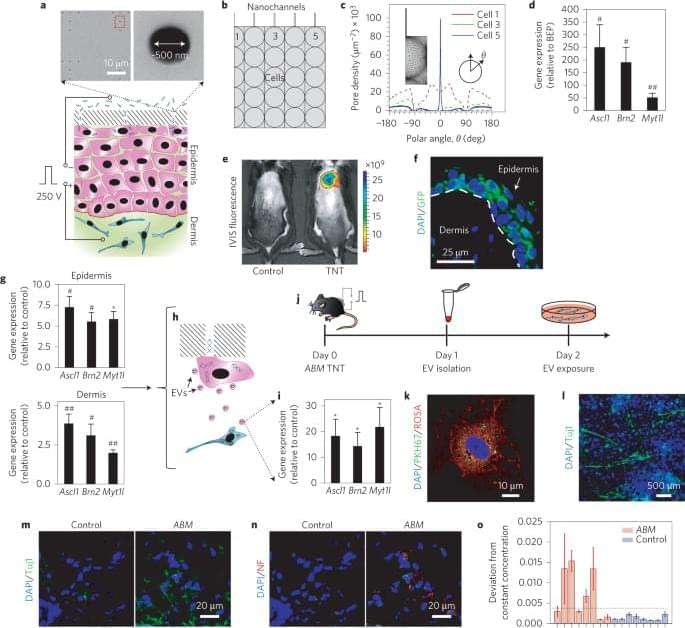Mar 11, 2022
Wormholes Could Help Solve an Infamous Black Hole Paradox, Says Fun New Paper
Posted by Kelvin Dafiaghor in categories: cosmology, mathematics, quantum physics
What happens to information after it has passed beyond the event horizon of a black hole? There have been suggestions that the geometry of wormholes might help us solve this vexing problem – but the math has been tricky, to say the least.
In a new paper, an international team of physicists has found a workaround for better understanding how a collapsing black hole can avoid breaking the fundamental laws of quantum physics (more on that in a bit).
Although highly theoretical, the work suggests there are likely things we are missing in the quest to resolve general relativity with quantum mechanics.

